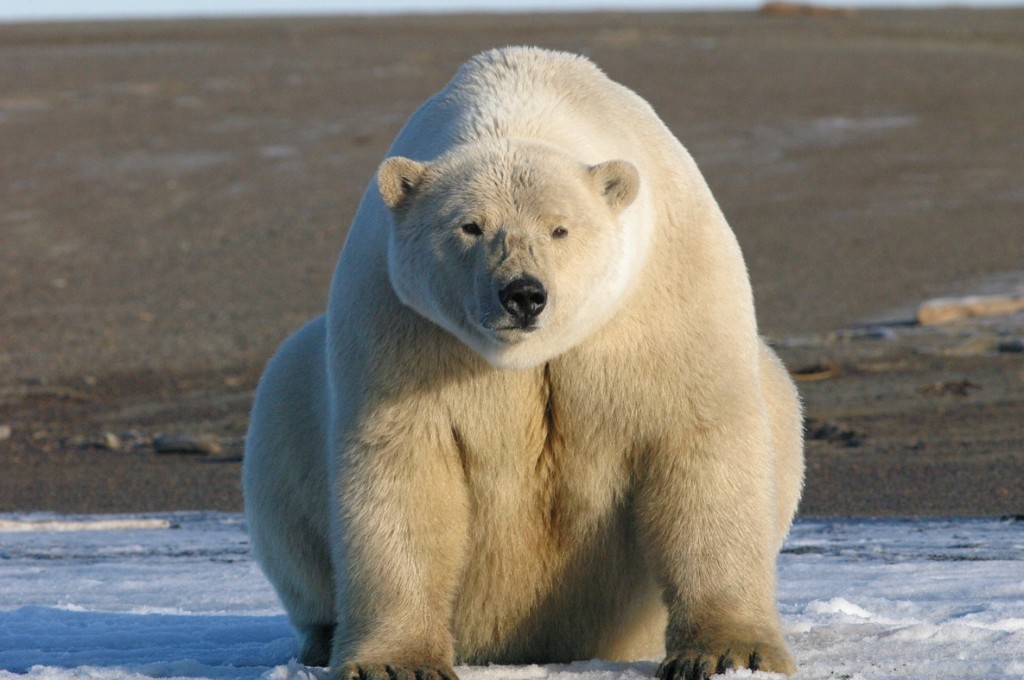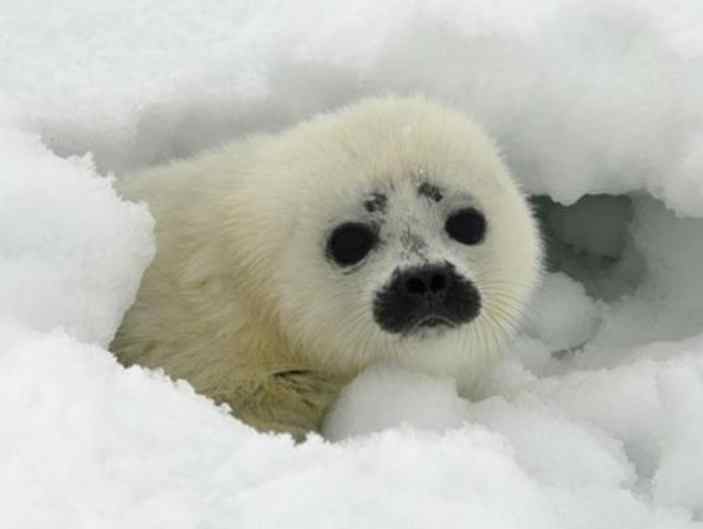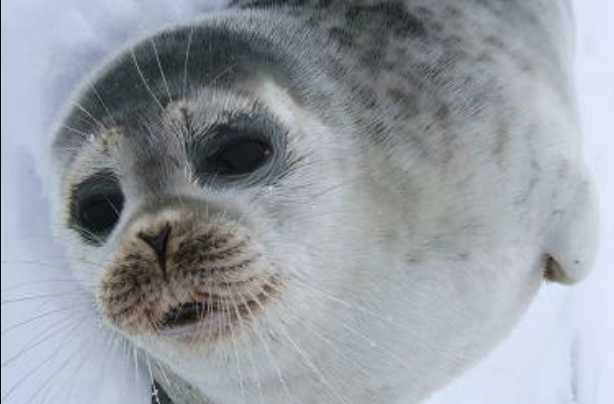
The Ninth Circuit Court of Appeals filed Judge Schroeder’s opinion in the case of Alaska Oil and Gas Association versus Jewell on Monday, which reversed 2013 lower court decision that the designation of critical polar bear habitat was too extensive and not specific enough.
Within a year of designation of the Polar Bear as an endangered species in 2008, the Fish and Wildlife Service designated critical habitat for the Polar Bear Recovery Plan as required. Its plan was to designate three units as critical habitat. The first Unit 1, was the sea ice habitat, second, Unit 2,the terrestrial denning area, and third, Unit 3, the barrier island habitat. The plan encompasses 187,000 square miles on the northern coast of Alaska.
The Alaska Oil and Gas Association, several Alaska Native Groups as well as the State of Alaska filed suit against the Fish and Wildlife Service, calling their critical habitat designation “overreach.” In the suit, the plaintiffs said that FWS failed to identify specifically where and how existing polar bears utilize the relatively small portion of the critical habitat designated as units 2 and 3. Judge Ralph Beistline agreed with the plaintiffs and rejected the FWS plan, although the judge did agree that the designation of Unit 1, sea ice, as critical habitat was valid.[xyz-ihs snippet=”adsense-body-ad”]
In its appeal, FWS stressed that it utilized the best available technology in its designation as required by statutes, and contended that the District Court “misconstrued the ESA’s requirements by holding FWS to proof that existing polar bears actually use the designated area, rather than to proof that the area is critical to the future recovery and conservation of the species.”
The Ninth Circuit Court of Appeals agreed with the Fish and Wildlife Service, concluding that their contentions have merit and reversed the district court’s vacating of the designation. Alaska’s Senator Lisa Murkowski released a response to the court’s decision shortly after the opinion was filed, saying:
I am enraged by today’s Ninth Circuit decision allowing the Fish and Wildlife Service to designate over 187,000 square miles of land—an area larger than the state of California—as ‘critical habitat’ for polar bears. This never should have happened in the first place. It is an abuse of the well-intentioned Endangered Species Act that will result in serious consequences for Alaska’s already-struggling economy.
The most up to date research and traditional knowledge indicate that polar bear numbers are strong and healthy across Alaska’s Arctic. It is clear once again that decision makers outside of Alaska are overreaching and do not understand the impact this will have on those who live, work, and raise families in the Arctic.
The Ninth Circuit Court of Appeals opinion can be read in its entirety here. (PDF)[xyz-ihs snippet=”Adversal-468×60″]






